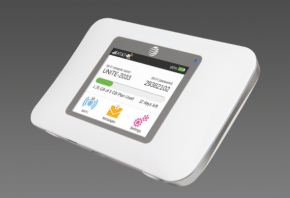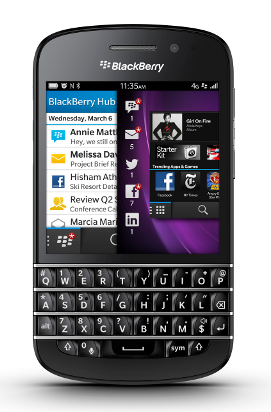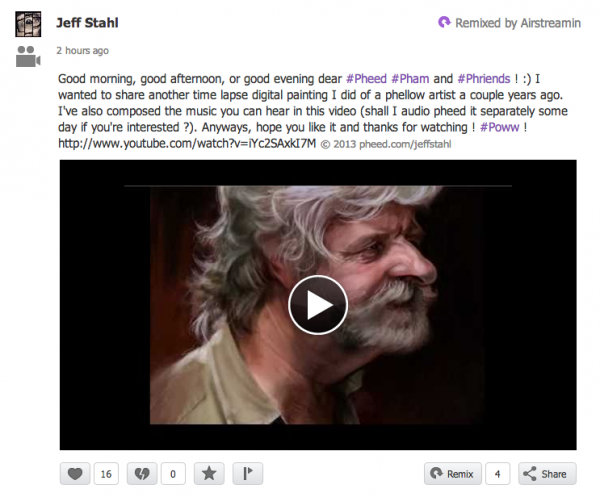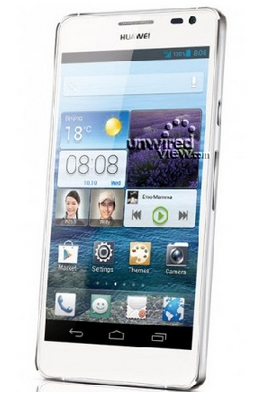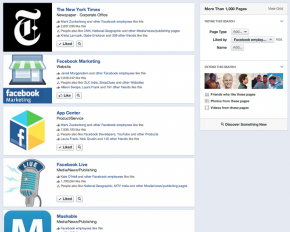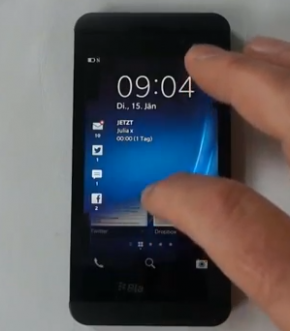 This year, among other New Year’s resolutions, I decided to dedicate myself to increasing my following on social media, interacting more with followers, and inserting myself into more conversations online. But now that we’re in the middle of February, and things are starting to slow down and we’re all finding that we’re losing some of the momentum we had at the beginning of the year, it’s worth going back to those resolutions and offering you some tips I’ve discovered.
This year, among other New Year’s resolutions, I decided to dedicate myself to increasing my following on social media, interacting more with followers, and inserting myself into more conversations online. But now that we’re in the middle of February, and things are starting to slow down and we’re all finding that we’re losing some of the momentum we had at the beginning of the year, it’s worth going back to those resolutions and offering you some tips I’ve discovered.
1. Create a schedule and stick to it.
Some days I have plenty of free time to engage and interact with followers on Twitter and Facebook. Especially when there are major events like the State of the Union Address, the Super Bowl, and the Grammy Awards, it’s easy to find huge audiences to connect with online. But other days there isn’t nearly as much going on and it’s a stretch to find content to share and discuss online.
One thing that I’ve found useful is making sure that I have a minimum schedule of the number of interactions or posts I’m making on my social media accounts. You can start with something low, even 1 or 2 tweets a day, when done consistently, can have a huge impact long-term. But the trick is not to simply have a schedule, but to review it every week and analyze what’s working and what isn’t.
Once a week I try and sit down to look back over my engagement and interactions on social media. I check to see how I’m doing against my schedule: did I meet my goal for my minimum Facebook posts and tweets each day? I also ask myself questions like: what topics sparked interest, and what posts fell flat? Which hashtags caught on and which went unnoticed?
By constantly evaluating and re-evaluating what you’re doing, as well as setting a schedule, you’re on the right track for social media success. You can read the rest of this post on AT&T’s Networking Exchange blog by clicking this link.
